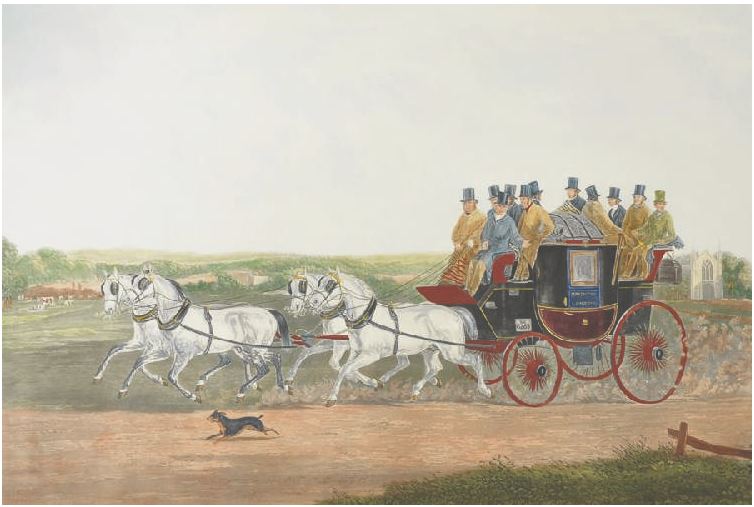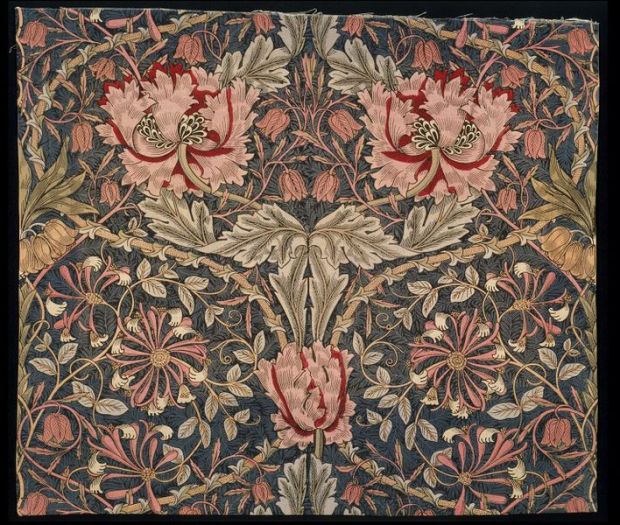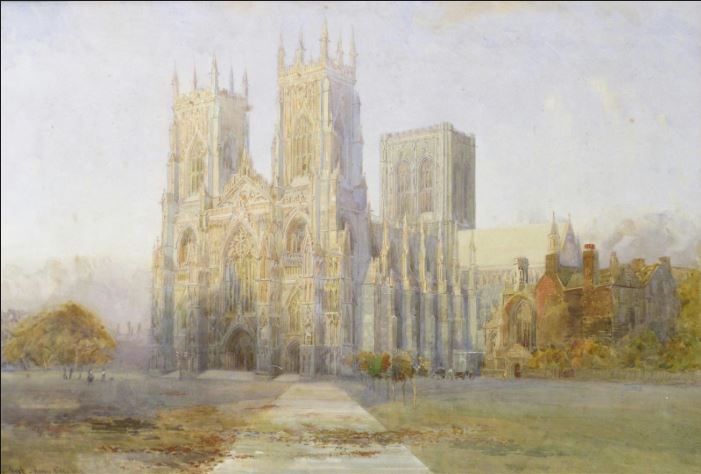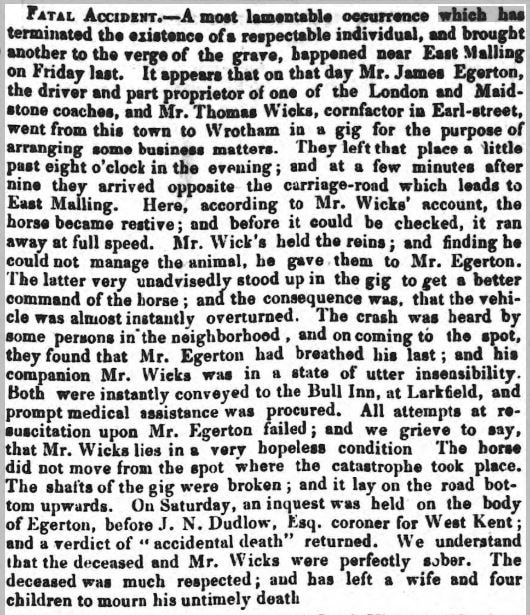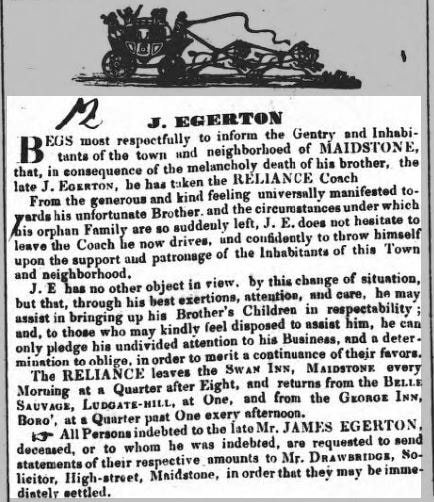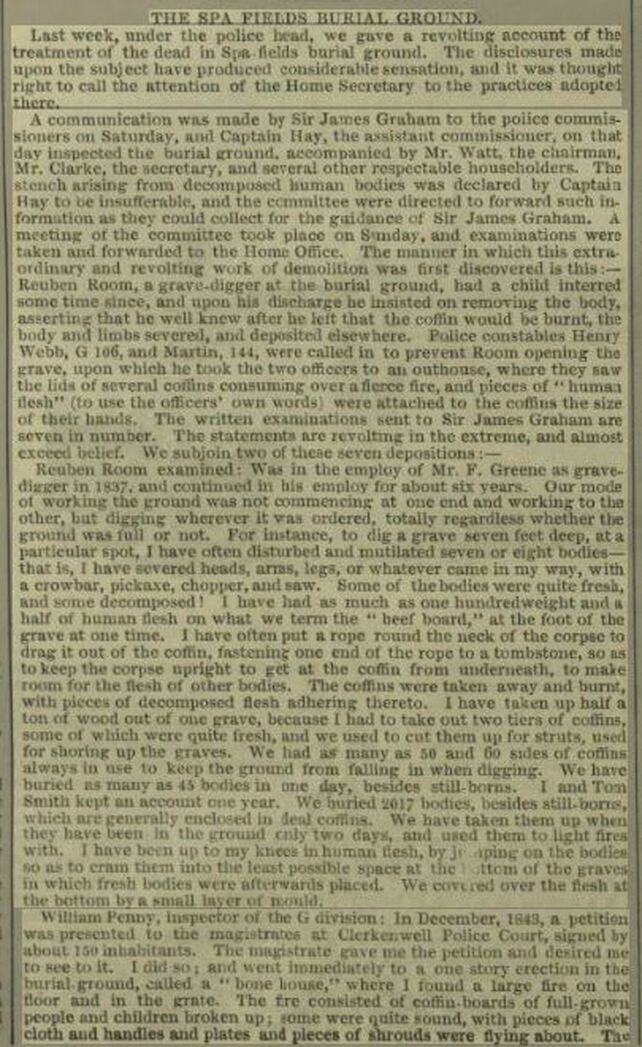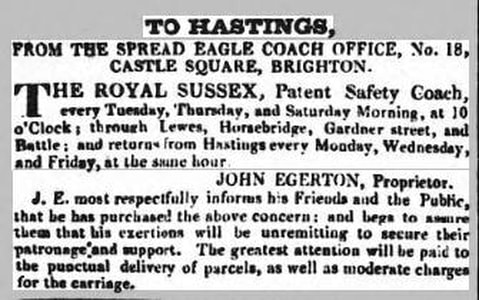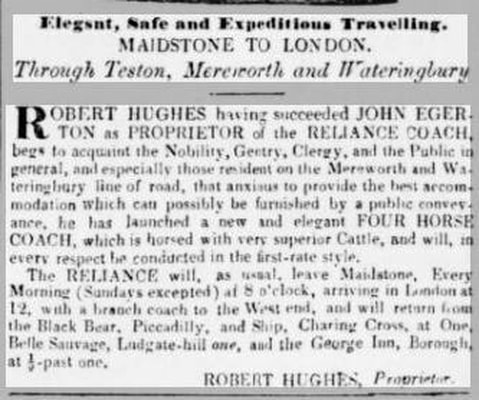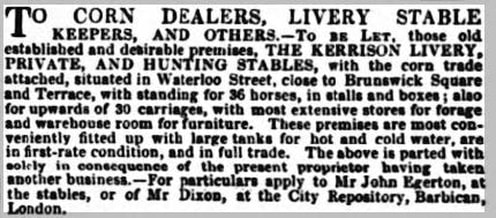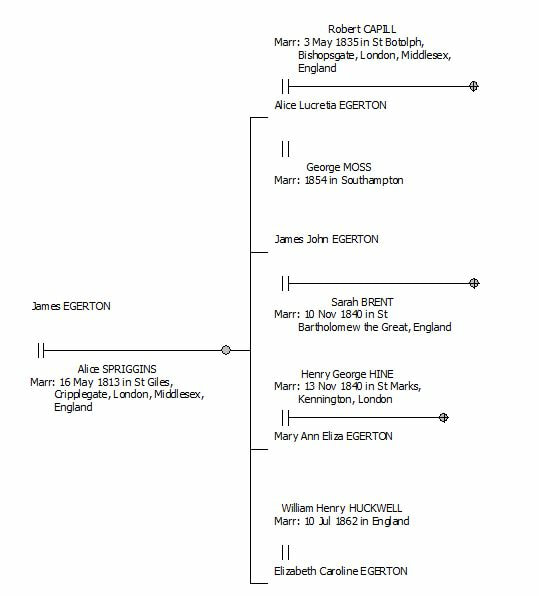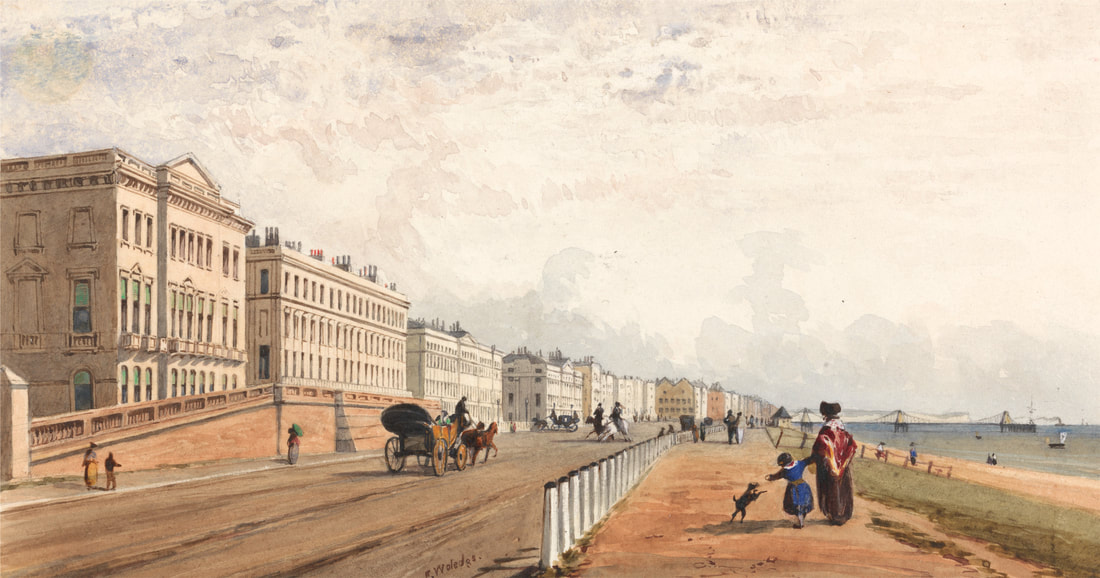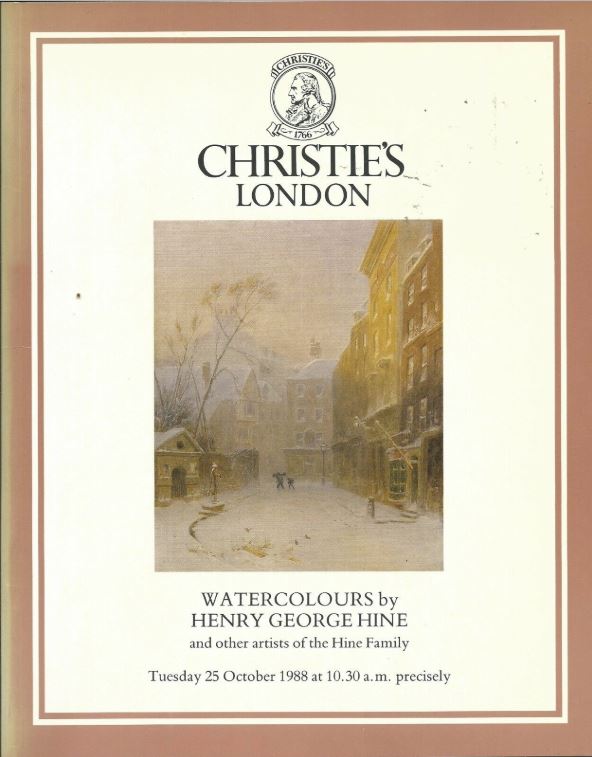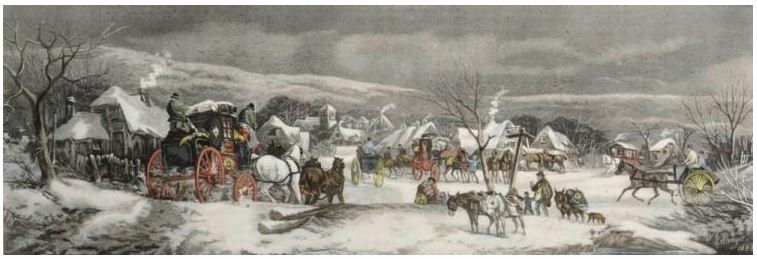|
I am really enjoying the Beeb’s latest offering the ‘Victorian House’ which delves into the traditional skills and ethos that formed the basis of the ‘Arts & Crafts Movement’ and puts them into practice in the restoration of traditional Victorian country house. Think of the colours and patterns of William Morris, the art and vision of John Ruskin and iconic stores in London such as Heal’s and Liberty and the picture will start to emerge. It ran in my mind that a branch of my own family had been involved in the artistic movement of the age, but unsure as to the extent set off to investigate. What emerged was a family surrounded by artists and artisans who were enmeshed in the social reforms of the late Victorian period to an extent more far-reaching than I had previously realised. Added to this is an interesting back-story of loss and family that has not only been missed by all other family history researchers to date, but where it appears in online trees their history has also been inaccurately portrayed. A typical case of records and dates being made to fit without corroborating the evidence. It is a sad fact that if there are 14 trees with the same information and one that dares to be different, human nature is (often mistakenly) drawn to the consensus of opinion. This blog is intended to illustrate how some fairly basic research techniques can help avoid these pitfalls, fill the gaps in knowledge and to share the parts of this family’s story that appear to have been missed or misrepresented. The starting point for this research was my 3rd great grand aunt, Mary Ann Eliza Egerton, the third of four children born to 4th great grandfather James Egerton and his wife Alice Spriggins. In Nov 1840 Mary Ann Eliza married artist Henry George Hine at St Marks, Kennington, Surrey. Henry George Hine began his career as an illustrator for Punch magazine but became most well known for his landscape paintings of Sussex and Northumberland. He was the son of Hampshire born William Hine who worked his way up from agricultural labourer to become a Coach Proprietor on the London to Brighton route until his death in 1846. Mary Ann Eliza Egerton and her siblings were all christened in London between 1814 and 1826. Although their parents address, and father’s occupation is different each time, family activity prior to these dates appears to be centred round the ancient church of St Giles, Cripplegate, London. Of the 14 online public trees that appear on Ancestry – only 1 has spotted the 4th child! This is probably due to the age that appears in the transcript attached to her marriage record in 1862 to William Henry Huckwell. Checking the original document it reads ‘age 21 and upward’. This along with the phrase ‘of full age’ is fairly typical of marriage records at this time and should not be taken literally. A simple check of the census records following her marriage confirms her date and place of birth and that her age at marriage was actually 39. The Egerton children’s father, James, is recorded as a ‘Trimming Maker’ in 1814, a ‘Boot Maker’ in 1815, a ‘Traveller’ in 1817 but by 1823 he was a ‘Coachman’. By the time of his son James John’s marriage in 1840 his father’s occupation had risen again to that of ‘Coach Proprietor’. Of the same 14 online trees 8 give no date of death for James and 6 state it to have been in 1829. This date is wrong – although his demise was still before the advent of Civil Registration, a check of the newspapers graphically describes the tragic circumstances in which his untimely death occurred. James was buried in Maidstone, Kent on 13 April 1832. The above account indicates that in addition to his 4 children James was survived by a wife, although his will, fortuitously written at Maidstone in 1831, makes neither mention nor provision for her. Instead, James entrusts the administration of his estate ‘whatsoever and wheresoever’ to his elder brother John whom he makes both the ‘sole guardian’ of his children and sole executor of his will. This would suggest that papers may have been mistaken, and lets face it, it wouldn’t be the first time! This theory is corroborated by a notice placed by John in the press on 1st May 1832, where he refers to his brother’s children as orphans. No death, burial or alternative marriage has been identified for his wife Alice, nor has she been found in subsequent census records. As such, the outside possibility remains that the couple had become estranged. James was also survived by his father James Egerton snr, who contrary to popular opinion did not die in 1810 and was not buried at Little Gaddesdon, Hertfordshire! 17 of 18 online trees contain this incorrect information, with the other, also incorrect as it gives the date as 1828. James snr, a Cordwainer (or Shoemaker), described as a Gentleman in his Will also written at Maidstone 14th September 1833, actually died in 1834 and is described of Pollard Row, Bethnal Green! He makes his only surviving son John his sole executor and residual beneficiary after making further bequests of £500 to his daughter Jane Hudson the wife of John Hudson, and £50 to his son in law John Cannee, the husband of his daughter Elizabeth Egerton. In all James Egerton Snr and Lucretia Wood had seven known children all baptised at St Giles, Cripplegate, and possibly an eighth, Susannah baptised at St Giles in May 1776 indicating that Lucretia Wood may have required ‘a big bouquet’ at her marriage the previous September. She is believed to have been named for Lucretia’s mother whose surname was possibly Saunders but this is unverified.
All the children were baptised at St Giles, Cripplegate, to James Egerton and wife Lucretia. Susannah is the exception in that the father’s name is recorded as John which has subsequently been struck through, but not amended in the original register. Their father's occupation is consistently given as a Cordwainer – or shoemaker. Cordwainers were one of the Livery Guilds of London and produced artisan footwear made from soft kid leather from Cordoba in Spain. The Guild records are housed within the London Metropolitan Archives but have not been consulted as part of this research. Several children including Jane and Elizabeth mentioned above were married at St Lukes, Old Street, as were their parents, which was built to relieve the church of St Giles, Cripplegate, as the population of London expanded in the eighteenth century. Six of their children are known to have survived into adulthood. Of Susannah there is no further trace and eldest son Thomas died in infancy and was interred in Spa Fields burying ground Clerkenwell in 1779. Spa Fields would later became the subject of a particularly unsavoury and rather gruesome scandal. The ‘Countess of Huntingdon Connexion’, and record set RG4 referenced in Thomas’ burial record may indicate that the family followed at some point at least, the Calvinistic movement within the Methodist Church. This may in part explain the group baptisms of four of the Egerton children at St Giles in 1798. It should also alert the researcher to possible non parish baptisms and references to non conformism in the parish registers for earlier branches of this particular Egerton family. James’ older brother John was also a coach proprietor at the time of his brother’s untimely death. By 1827 he had moved from London to Brighton and was running a coach from the Spread Eagle Inn to Hastings. Although he was good to his word and took over his brother’s business, the ‘Reliance’ coach had changed hands by May 1838. John, then turned his hand to dealing in Corn and keeping Livery Stables from his premises in Waterloo Street, Brighton. He married twice, and passed away at the grand old age of 90 in 1881. All the children of his brother James Egerton junior’s children, had married before the 1841 census, except for the youngest Elizabeth Caroline, making it difficult to assess the John’s level of involvement in the upbringing of his nephew and nieces. However, Elizabeth Caroline can be found in 1841 living with her cousin Elizabeth Amy Egerton, John’s daughter by his first marriage, who in 1839 had married Frederick William Woledge, another artist of the day well known for his depictions of Victorian Brighton. The Woledges would go on to have 11 children, 10 of whom would survive until adulthood. (Caution should be exercised over a possible 12th child Eliza E born 1857, who appears on the 1881 census return. As there is no record of a birth marriage or death for an Eliza E to the correct parentage, and her age is the same as that of Percy, (look at original, not transcript which is wrong), this is believed to be Percy’s twin sister Florence.)
Although 11 children may be considered a large family even back in the day, it pales into insignificance to her cousin Mary Ann Eliza Egerton, the starting point for this research, who, together with her artist husband Henry George Hine had an eye watering 15 children, 11 of whom survived into adulthood.
Artistic talent was strong in the Hine family to which the 1988 Christie’s Sale Catalogue bears witness, with a total of 81 lots spanning 42 pages, sadly illustrated internally in Black and White. In terms of the ‘Arts and Crafts’ movement it was their two youngest daughters Ethel and Maude who were the most influential. Although the quotation that the sisters came "on the one side from peasant folk and on the other from old aristocracy"[1] which is uncited, leaves me somewhat rubbing my chin as to it’s origin, there can be no doubt that these two women and their husbands were the driving force behind the establishment and running of the ‘Peasant Arts Society’ based in Haslemere, Surrey. By the time of its inception in 1894-97, Ethel had married artist Godfrey Blount in April 1887, and Maude, Jospeh King, later the same year. The couples together with King’s cousin Greville MacDonald, shunned mass production instead believed in ‘practising their radical beliefs of creating art for ‘love not money’ and restoring ‘country life, its faith and its craft’.[2] A most informative website about the movement, its work and connections to the wider ‘Art & Craft Movement’ can be found at the Peasant Arts Blogspot, together with biographies and obituaries dedicated to members of the Hine family and other prominent persons. Needless to say the women were also passively active in the Suffragette movement of the day, and amongst other matters were the exponents for comfortable dress for women. I am eternally grateful to the role by Ethel Blount, my 1st Cousin 4 x removed for the role she played in the removal of the corset as an item of necessity from the female wardrobe! More can be read on the sisters and indeed the Society’s wider involvement in the Suffragette movement, at Peasant Arts & Suffragettes Being a little more serious, none of the sources that I have used to compile the history of this Egerton family and its story requires specialist knowledge or skills. The records used are readily available online. The difference between my research and that of others, is that time has been taken to cross reference the facts, and read the ORIGINAL documents rather than relying on the transcripts. Incorrect information in family trees does in fact have far reaching implications, particularly since the advent, and exponential growth in DNA testing. This is leading folks to believe that as they DNA match others with the same named ancestors in their trees it proves that connection, when in fact the DNA is sometimes pointing to a relationship which is either further back, or, in a different line entirely. I myself have 2 DNA matches out of 12 with hints which suggest a connection to individuals that simply cannot be. This is a problem that I can only see getting worse as more people test and speedily create trees copied from others without verifying the information they contain.
[1] Arts & Crafts Network https://www.accn.org.uk/Ethel-Blount-Maude-King/ [2] Peasant Arts http://peasant-arts.blogspot.com/p/introduction.html
0 Comments
|
AuthorSusie Douglas Archives
August 2022
Categories |
Copyright © 2013 Borders Ancestry
Borders Ancestry is registered with the Information Commissioner's Office No ZA226102 https://ico.org.uk. Read our Privacy Policy
